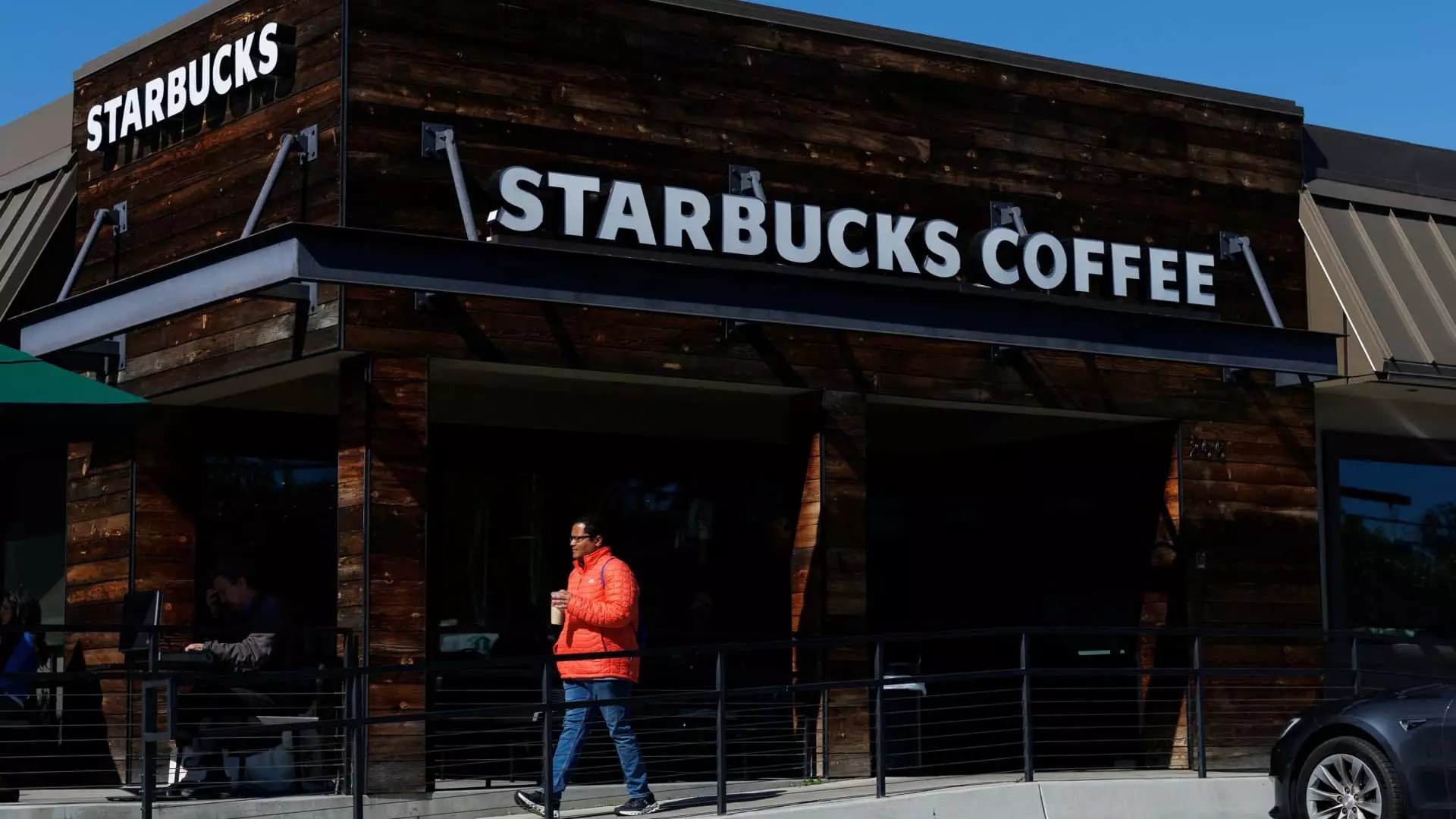In the turbulent landscape of economic forecasting, investors are finding themselves in a precarious situation as they grapple with the looming specter of a recession. The recent dips in restaurant stocks are not merely a product of fluctuating market trends; they reflect a deeper, more troubling sentiment. Amidst President Trump’s unexpected tariff announcements, there’s palpable anxiety regarding inflationary pressures that threaten consumer spending. With U.S. stocks plunging three days in a row, the restaurant industry seems particularly vulnerable, revealing how quickly sentiment can shift in the face of political uncertainty.
The Tariff Domino Effect
At the heart of this introspection is the understanding that while direct impacts on restaurant companies from tariffs may be minimal, the ancillary effects on consumer behavior could be catastrophic. Analysts like UBS’s Dennis Geiger emphasize that the real danger lies in the pressure these tariffs place on disposable income. It’s not the cost of avocados or tomatoes that will sink dining habits; it’s the overall burden on wallets that begins to tell a more detrimental narrative. When the consumer is squeezed, dining out becomes a luxury more than a habit, propelling the restaurant sector deeper into the red.
Moreover, the coffee industry, epitomized by Starbucks, faces distinct pressures as tariffs target key exporters and could inflate prices significantly. The irony is that Starbucks, currently embroiled in a turnaround strategy, finds itself at the mercy of geopolitical dynamics that could shift consumer loyalty to cheaper alternatives. The coffee chain has lost substantial value, nearly 20% since the tariff introduction, revealing a concerning trend where even mainstream brands are not immune to external economic shocks.
Dining Out: A Luxury or Necessity?
The reality is that during economic downturns, the perception of eating out shifts dramatically. Diners are likely to trade down, moving from the casual elegance of sit-down restaurants toward the cost-effective allure of fast food. Yet recent patterns show that even these usually resilient fast-food outlets are struggling. With sales declining, it raises the paradox: while we expect fast food to thrive in recessive times, it, too, has fallen victim to changing consumer behavior and tight budgets.
Low-income households, in particular, are cutting back on visits, and the implications for chains like McDonald’s and Taco Bell are serious. The consumer base appears divided, and the middle-class consumers, who traditionally buoy the restaurant industry, are becoming increasingly hesitant to engage with the sector financially.
The Globalized Supply Chain: A Double-Edged Sword
A significant point of analysis is the precariousness of global supply chains. The Coffee Belt, extending across regions crucial for coffee production, is integral to the operation of multiple industries, notably Starbucks. High tariffs imposed on countries like Brazil and Vietnam not only raise consumer prices but also signify an underlying tension that could lead to further boycotting and diminished sales, particularly in international markets.
The risk is elevated when political tensions lead consumers to connect products with nationalistic sentiments. As consumers in China have shown a propensity to resist Western brands, the position for companies relying on cross-border goodwill becomes increasingly tenuous. The restaurant industry needs to recognize that it is not immune to these social currents; the risks are compounded as consumer sentiment can pivot dramatically based on foreign policy.
The Future: Striking a Balance
Looking ahead, the restaurant industry must navigate a landscape that requires more than just economic resilience; it demands adaptability driven by consciousness of consumer confidence. While select brands like Dutch Bros and Cava managed to buck the trend and gain in value, the broader narrative reveals a sector grappling with existential questions. To survive, the industry must innovate, pivoting toward addressing the real and perceived needs of consumers in an era characterized by uncertainty and shifting dynamics.
As the various forces of tariffs, consumer sentiment, and economic realities converge, the path to recovery may not just hinge on financial resilience, but also on the strategic agility of brands willing to listen to and align with their ever-evolving customer base.


Leave a Reply